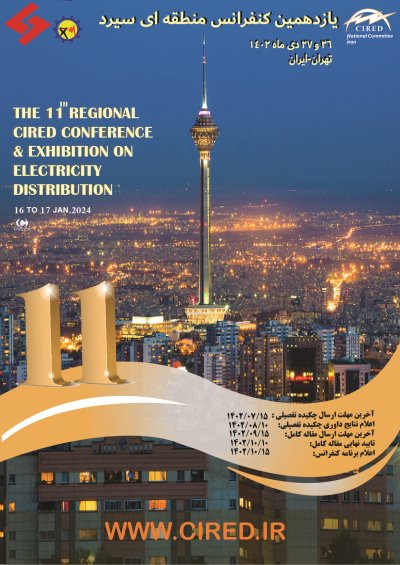0% Complete

نویسندگان :
کلمات کلیدی :
چکیده :
لیست مقالات بایگانی شده
عادل ناظمی بابادی - ساناز نوری - کاوه ضیابخش - سیامک حسین خلج
اسماء کریمی نوبندگانی - سعید نژادفردجهرمی - محمود روستایی
مرسل صالحی - مهرداد جنتیان - مهدی صادقی
Reza Omrani - Navid Aghli - Mohsen Rahimi - Hamid Naseri
میثم مصدقی - علی بسطامی - حیدر گل - عمار نکاحی - محمد جواد علینژاد - حسین میرکبیر
رامین صرفی - حسین لطفی - محمد برهان علمی
Kasra Farzaneh - Seyed Mohammad Shahrtash
بیژن رضایی - الناز حبیب زاده - مجتبی پارسایی
اسماء کریمی نوبندگانی - حمیدرضا کریمی فرد - ابراهیم ریحانی - سعید نژادفردجهرمی - محمود روستایی



